Dogs are pack animals, and as such they thrive under structure, boundaries and leadership. These three concepts are key components in our training philosophy. Let’s talk today about 5 easy ways to become a better leader for your dog. Spoiler alert: In doing so, you’re also going to build a stronger bond with your dog!
1. Make sure all good things come from you.
Food, bones, toys, attention, playtime- whatever it is that your dog likes, make sure you’re the source of it. Instead of free feeding your dog, use food as a reward for training (aka hand feeding). Put away your dog’s toy bin, and bring out toys when you want to initiate play with your dog. Make sure to start and stop play on your terms and always play with your dog. Same goes for attention, affection and playtime. Make sure it’s on your terms and remember to use those things to reward good behavior.
All good things need to come from you and the people you want your dog to listen to and respect.
2. Make your dog wait at thresholds.
This can be any threshold- the door to go outside, the crate door, the vehicle door. Teach your dog to sit (and stay) and then give eye contact before allowing him to go through that threshold. This teaches him that you are the gateway to all things good. This is also a great way to build impulse control. And it begins to sew good behaviors into your daily routine. It’s referred to as the Premack Principle.
3. Advocate for your dog.
There is no perfect dog. Each dog has strengths and weaknesses. When we say “Advocate for your dog” we’re referring to knowing what your dog’s weaknesses are and setting him up for success.
Maybe your dog isn’t super comfortable around kids. To advocate for your dog, you would keep him on a leash around kids, muzzle him maybe, and never allow kids to interact with your dog in a way that makes him more uncomfortable, fearful or aggressive. Maybe that means he’s just around kids and they don’t pet him. Whatever your dog’s threshold is, you need to know it and respect it.
Never leave your dog in a situation where he has to make a decision, is left to fend for himself or could get in trouble simply due to lack of leadership. Advocate for your dog and be his voice. Know the situation you’re about to put him in and set him up for success in that situation.
What I’ve found over the years is that many people put their dogs in uncomfortable situations hoping that that will resolve the issue. If your dog doesn’t like kids, trust me, letting kids clobber him isn’t fixing anything. There is a right way and a wrong way to rehabilitate your dog and change his behavior. If you need help, that’s what our team is here for. We’re happy to assist!
4. Be consistent.
There’s nothing worse than setting a rule and not sticking to it, or giving a command and not following through. Dogs are creatures of habit and thrive on structure and consistency. If you want to be a better leader for your dog, set rules and stick to them, give commands and follow through.
You decide what the rules are in your house. Don’t want your dog on the couch? Great! Not okay with your dog begging from the table? No problem! Your house, your rules. But remember, once a rule is established and taught to the dog, you must follow-through.
Don’t be a yo-yo dog owner. Rules are hard and fast, and they aren’t dictated by circumstance. Commands are not negotiable. If you are wishy-washy with your dog, he will quickly learn that you are not to be taken seriously and you are easily manipulated. When your dog’s world is not black and white, he will play in the grey. And that’s a dangerous place to be, because dogs who “play in the grey” tend to develop behavioral problems like reactivity and aggression.
Your inconsistency empowers your dog.
5. Meet your dog’s needs.
Your dog needs physical exercise, mental stimulation and training on a regular basis. The higher energy your dog is, the more exercise he needs. The smarter your dog is, the more mental stimulation he needs. And the more opportunistic your dog is, the more training he needs.
Want a dog who’s calm in the house? Teach your dog an on/off switch by first meeting him needs then implementing boundaries, rules and limitations. Provide structure and be consistent.
Is your dog high strung? He needs various forms of exercise. The same thing over and over (like walks around the block) get boring quickly for dogs. Try hiking, swimming, herding, agility, treadmill, Fitpaws or something else that challenges different muscles in his body. A tired dog is a good dog!
Want a dog who’s not getting into trouble constantly? Give him a “job” to do. This can be search and rescue or find-it games, nose work, weekly tricks to learn, Fitpaws or anything else you can come up with.
Notice how some activities like treadmill and Fitpaws fit in both category. If you’re busy, multitasking is always a good thing!
For training, I recommend doing 5-10 structured training sessions per day (2-5 minutes long each). Additionally, you can sprinkle obedience into your dog’s day-to-day life. Put your dog in a 20 minute down while you feed the kids. Have your dog sit and stay on the tailgate while you unload groceries. Put your dog on place while you make dinner.
When your dog realizes that you know what he needs and more importantly, that you meet his needs on a regular basis, he will learn that you understand him. And he will be happier for it!
I hope these five easy ways to be a better leader resonate with you. Write them down. Think about ways to incorporate them into your everyday life. In time, you will see changes in your dog’s behavior as he begins to view you in a different light!
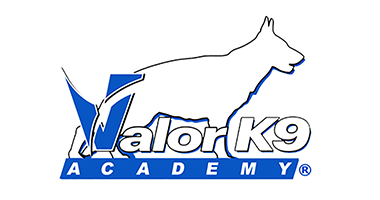






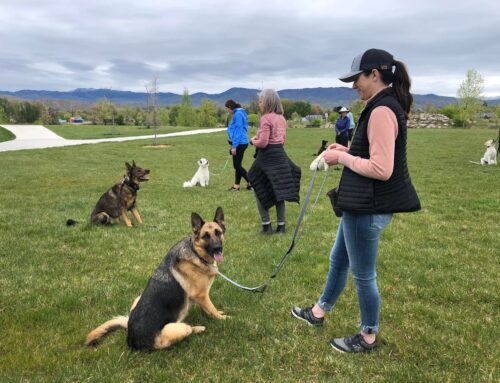
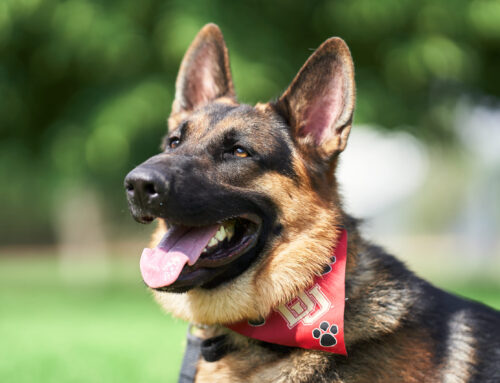
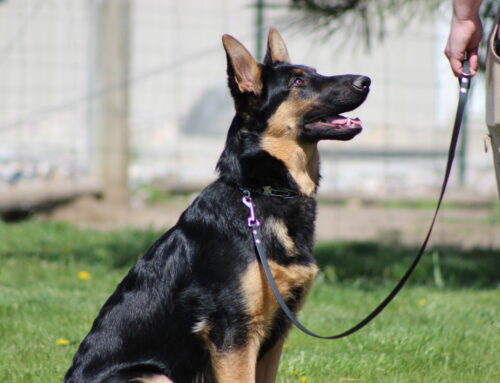
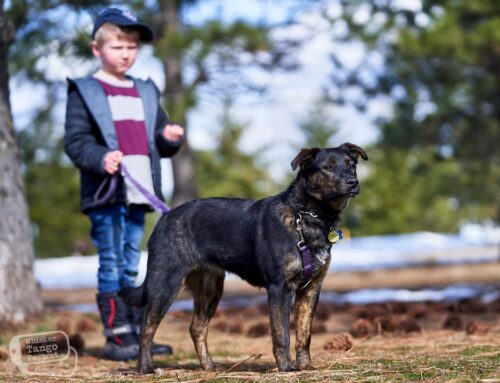
Leave A Comment